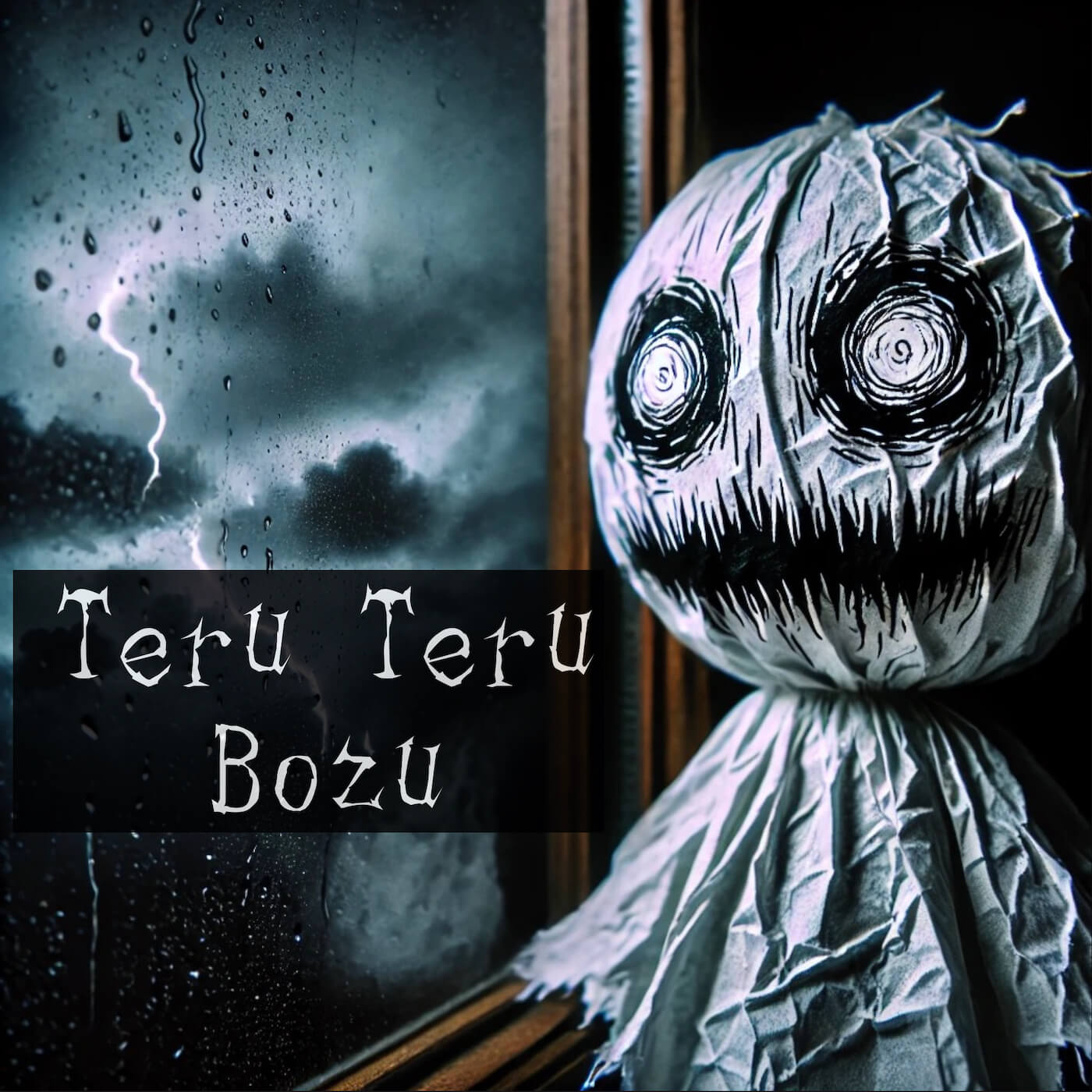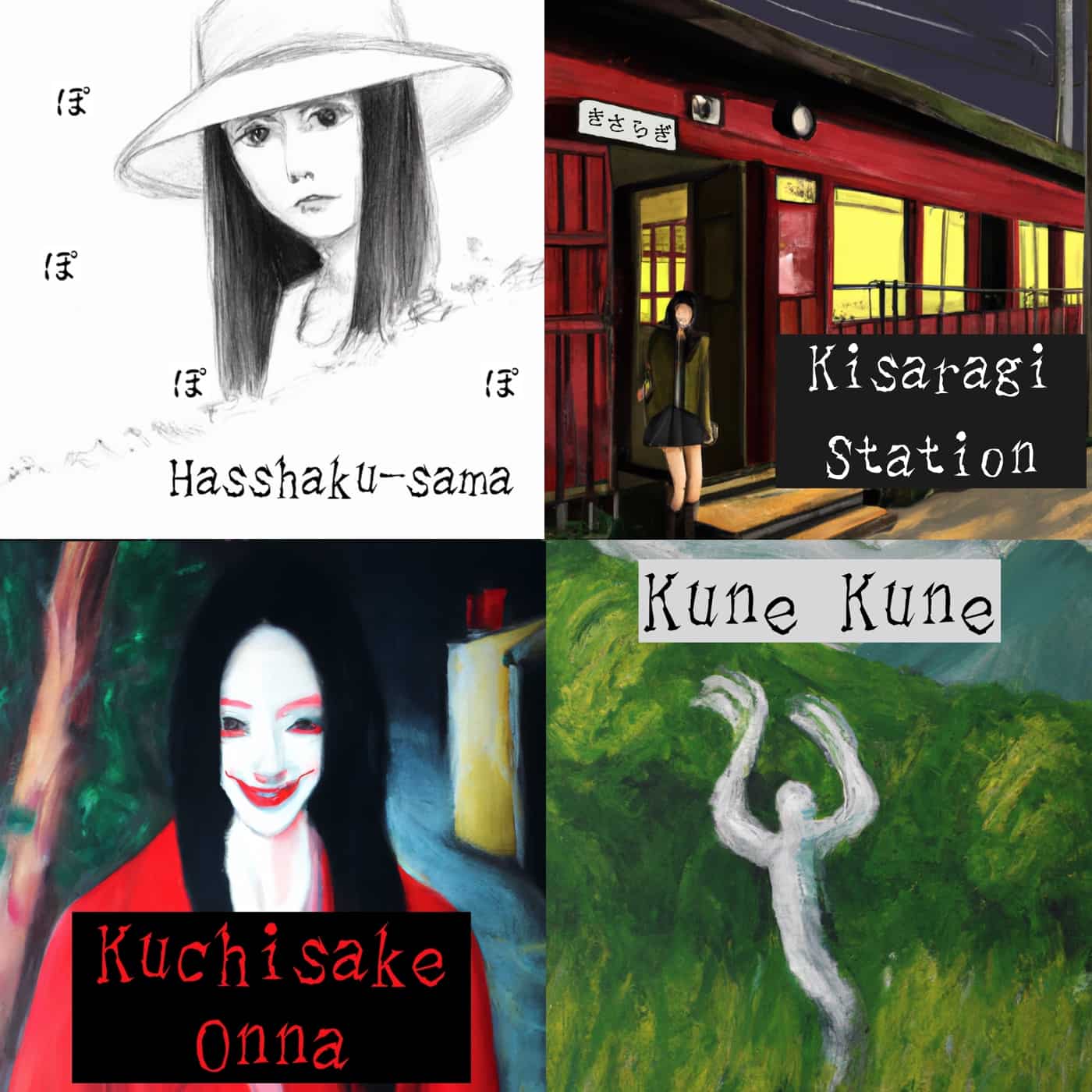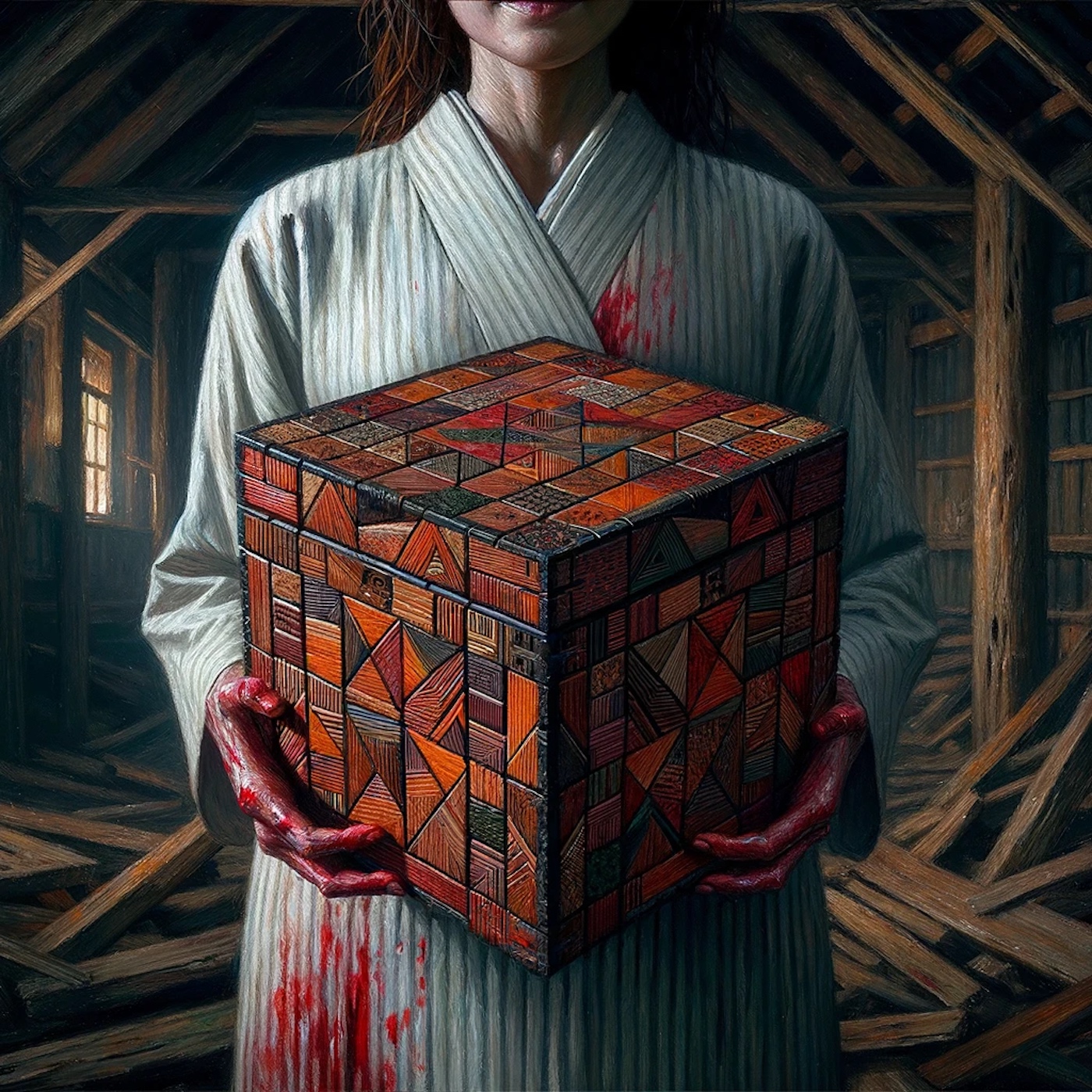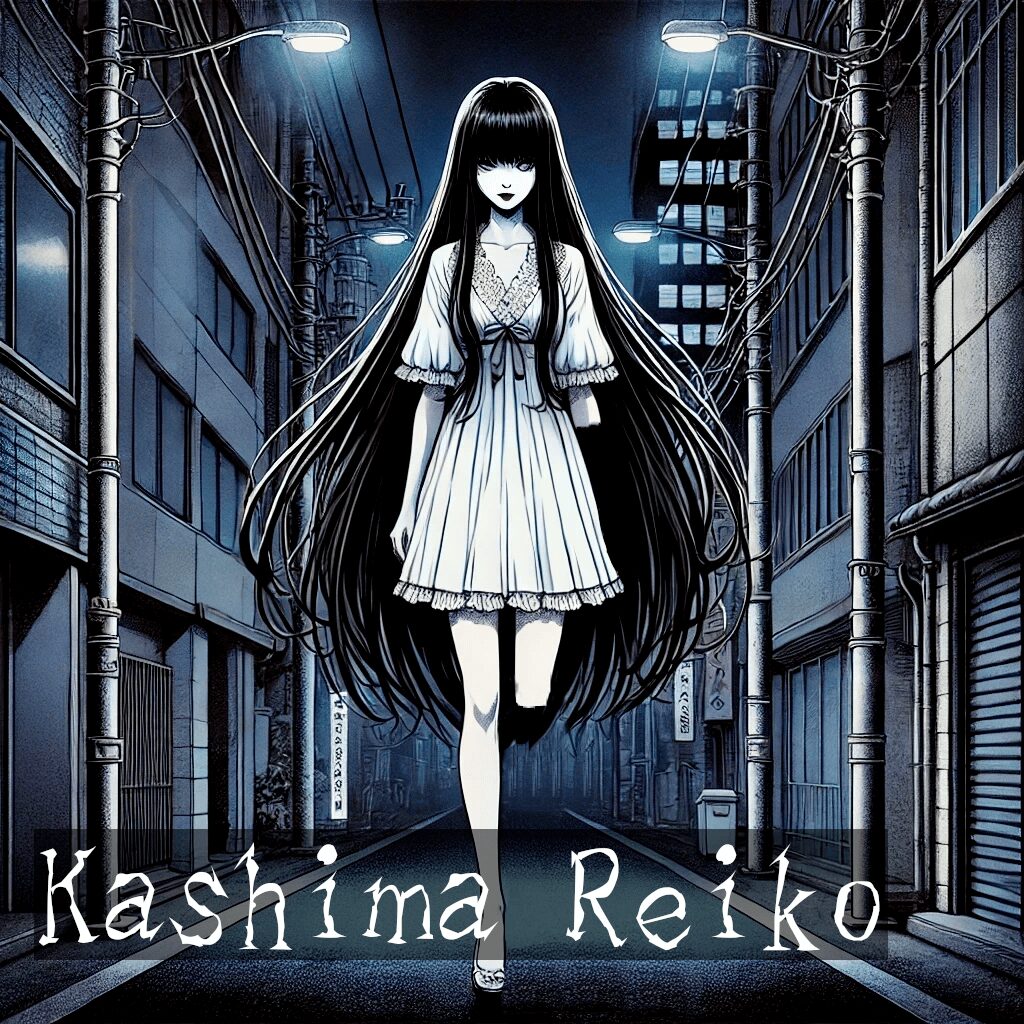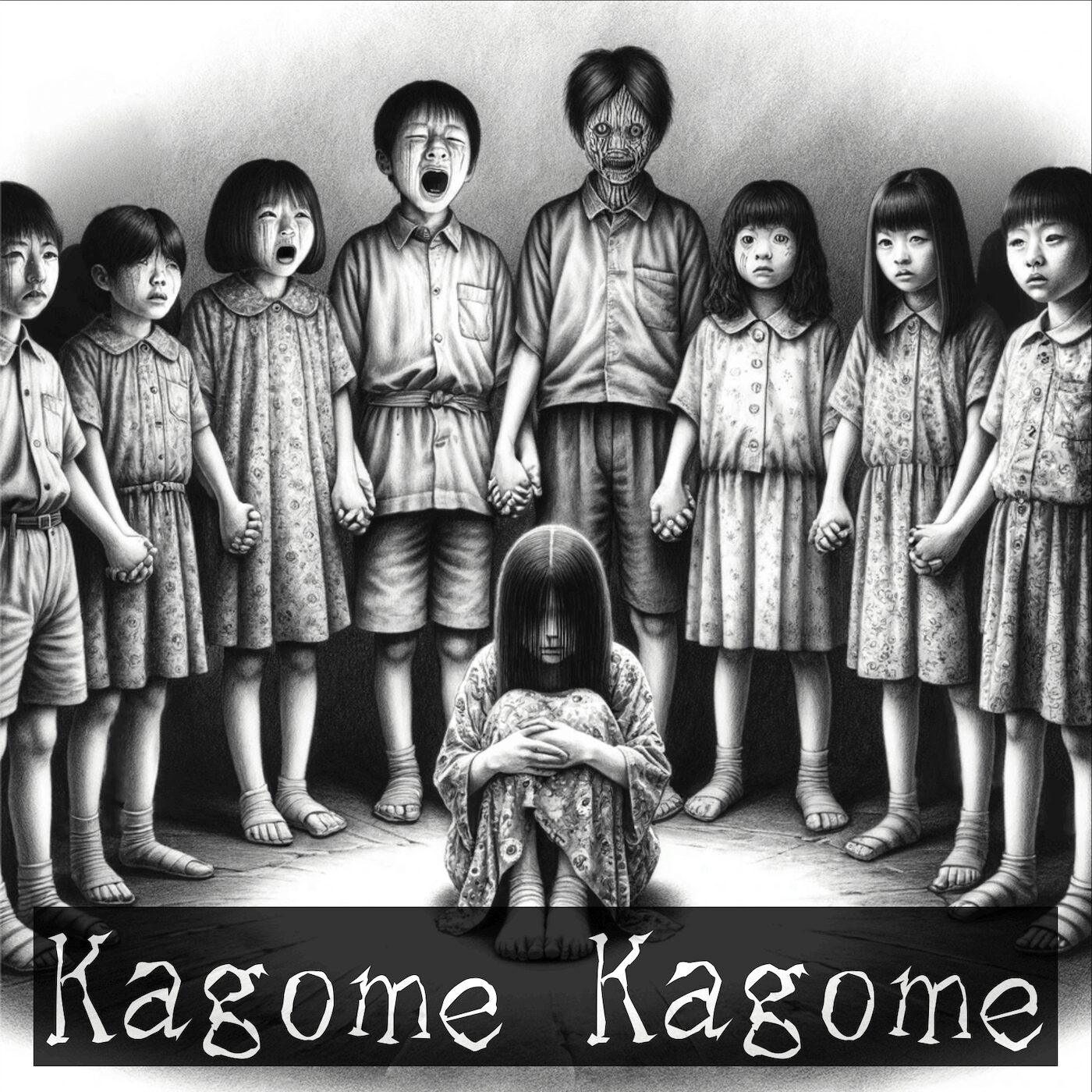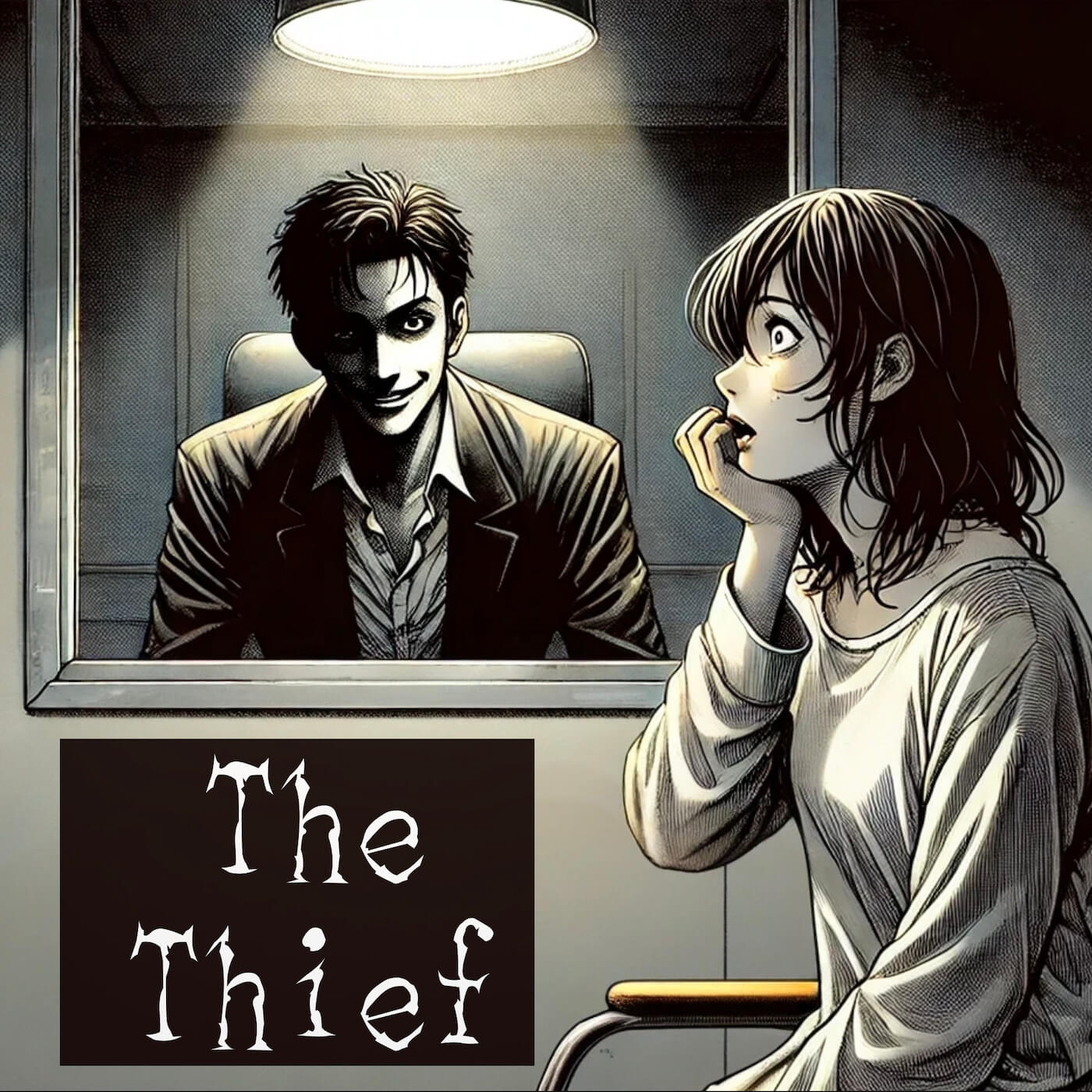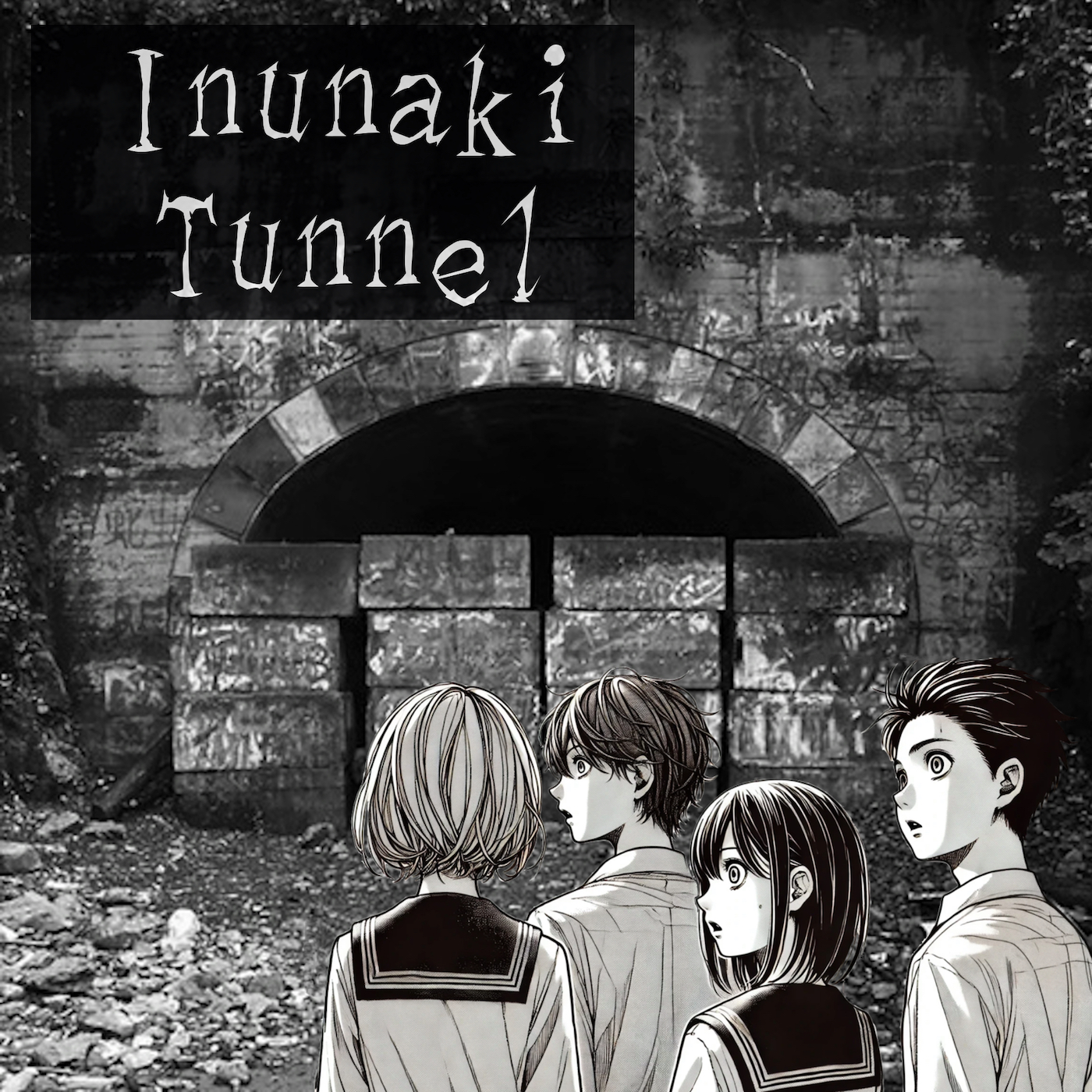Today, I will introduce Teru Teru Bozu, a doll with which people pray for good weather in Japan.
A seemingly innocent work often created by a child, but only there could be dark mysteries hiding behind it…
What is Teru Teru Bozu?
Teru Teru Bozu (てるてる坊主) is a Japanese handmade doll, typically made of white tissue paper or cloth, and hung beside windows.
When it comes to the meaning of the name, “Teru” can be translated as “shine”, and “Bozu” means “monk” in Japanese. These dolls are believed to have the power to bring good weather and are often used by children who wish for sunny days, especially before important events like school trips or festivals.
The doll’s custom in Japan is said to date back to the Edo period (1603-1868). As the custom spread throughout the country, different regional names came to be used, such as Teru Teru Hohshi (てるてる法師) or Hiyori Bozu (日和坊主).
Teru Teru Bozu urban Legend Story (podcast)
What are the origins/theories of Teru Teru Bozu?
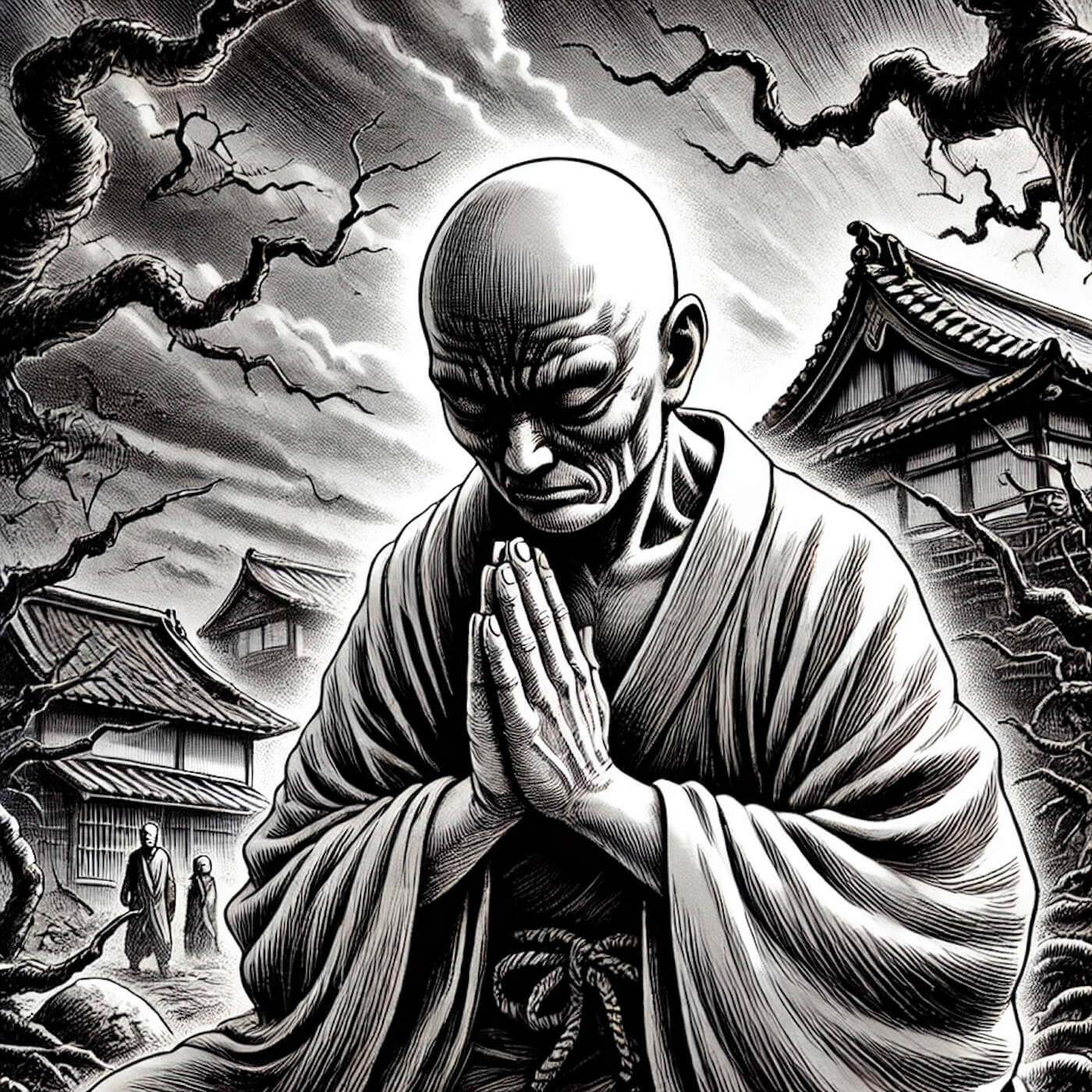
Did it come from China? the legend of sao qing Niang
Although Teru Teru Bozu is a Japanese custom, it is said to have its origin in China.
In China, there is a legend of a girl called Sao Ching Niang (掃晴娘).
There was a village that was plagued by floods caused by continuous rain. The girl living in the village, Sao Ching Niang, prayed to the dragon god (the god of rain) to stop the rain. Then a voice rang out from the sky saying that if she became the dragon god’s consort, he would stop the rain.
The girl agreed to this, and the rain stopped, and the sky cleared up. After that, she was never seen again. But since then, dolls made from cut paper have been hung at the gate in memory of Sao Ching Niang when the rains continue.
The Japanese custom of Teru Teru Bozu is said to have started in the Edo period (1603-1867), but the Sao Ching Niang custom is said to have spread in China many centuries earlier. It has been said that Sao Ching Niang may have been the origin of the Teru Teru Bozu, as the two customs have the same purpose of praying for a clear sky.
The urban legend of the Hanged monk
There is also an urban legend that is associated with a Japanese monk.
During the Heian period in Japan, there was a monk who promised villagers he could stop the rain that was causing their crops to fail. The monk made a vow to bring clear weather, but when he failed to do so, the villagers were furious. They punished the monk by executing him, and after his death, they hung his body in public as a warning.
One theory said that Teru Teru Bozu dolls symbolise the monk, with the head representing his suffering head and the white tissue representing his robe.
To avoid bad luck or misfortune, some versions of the legend suggest that if the doll fails to bring good weather, it must be destroyed, otherwise you will face a grim consequence…
Sacrificing Children
Actually, there is no official source for this theory. This is based on a story by comedian and Kaidan teller, Kota Nakayama. According to what he heard at a bar in Okinawa, this is how it goes.
A long time ago, a village was suffering from famine because of the non-stop rain. The conclusion reached to sort out was to offer a sacrifice. The chosen victim for the sacrifice was a child from that village.
The method was to cover the child’s head with a white cloth so that his face could not be seen, and hang him by a rope. The white cloth would be painted with a smiling face as they wish for as painless death of the child as possible…
Again, this theory is maybe not what has actually happened in the past.
However, there is a history in Japan of “Kuchiberashi (口減らし)”, in which children and the elderly were sacrificed from the village to secure the food that other villagers needed. When I heard this story, it didn’t feel to me like this theory could be completely denied just as fiction as well.
The Dark Mystery as a children’s song
There is a children’s song which was published in 1921 by Rokuroh Asahara (浅原六郎) and is said to have made the doll popular all over Japan. The song’s lyrics, in Japanese and English, are as follows:
1.
てるてる坊主、てる坊主 (Teru Teru Bozu, Teru Bozu)
明日天気にしておくれ (Do make tomorrow a sunny day)
いつかの夢の空のように (Like the sky in a dream sometime)
晴れたら金の鈴あげよう (If it’s sunny, I’ll give you a golden bell)
2.
てるてる坊主、てる坊主 (same as verse 1)
明日天気にしておくれ (same as verse 1)
私の願いを聞いたなら (If you make my wish come true)
甘いお酒をたんと飲ましょ (We’ll give you lots of sweet Sake)
3.
てるてる坊主、てる坊主 (same as verse 1)
明日天気にしておくれ (same as verse 1)
それでも曇って泣いてたら (But if it’s cloudy and you are crying)
そなたの首をチョンと切るぞ (Then we shall snip your head off)
As we can see here, the song begins with innocent and hopeful wishes for sunny weather until the second verse. But the third takes a dark turn. The last line, “Then we shall snip your head off,” is quite grim for a children’s song.
One theory suggests that the third verse might symbolise the desperation of farmers and communities who relied heavily on good weather for their crops and livelihoods. The drastic measures in the song could reflect the seriousness of their pleas.
Anyway, this unexpected shift from a sweet treat to a violent threat is the central mystery of the song…
Tutorial – how to make a Teru Teru Bozu
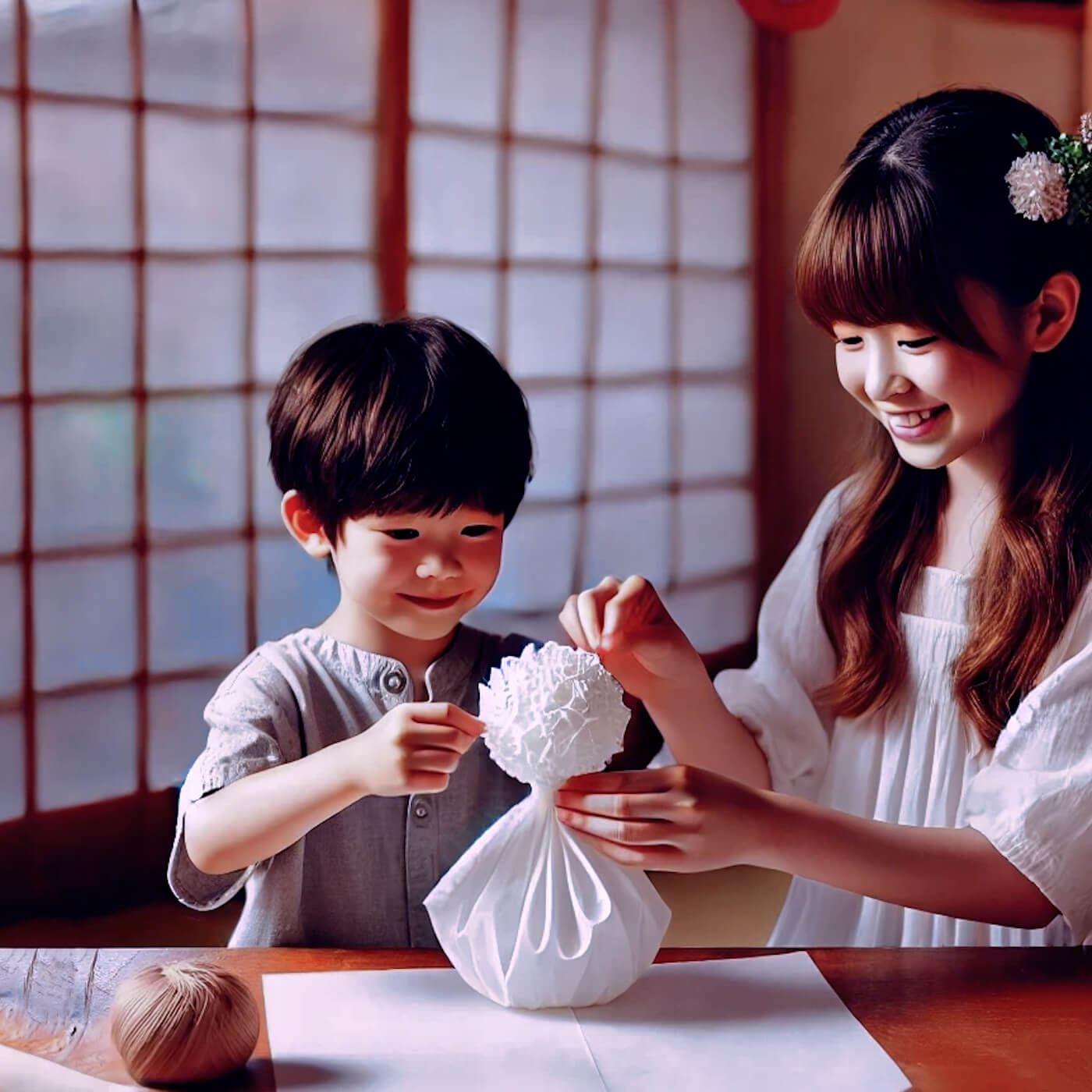
necessary Items
There are things to prepare to make a Teru Teru Bozu, which can be easily collected, I suppose.
- A piece of white tissue or cloth
- Strings
- Some kind of marker pens
Steps to make the doll
- Place a small ball (often made of tissue or cotton) in the centre of the paper or cloth to make a head.
- Actually, this is optional. I used to make a head without putting a ball (it would look better with a ball though).
- Wrap the ball and tie it off with the string, forming a head and a body.
- Draw a face on the head part of the doll.
- Hang the doll by the string beside a window.
- Some say it is better to hang the doll near a window from which you can see the sun.
- It is because we pray for good (sunny) weather with the doll in the first place.
Make a wish on Teru Teru Bozu…
Despite the eerie urban legend and mysteries, Teru Teru Bozu remains a beloved part of Japanese culture, especially among children. I remember making one myself when I was a kid, and it surely is a good memory of my childhood.
When you happen to have a chance to see Teru Teru Bozu in some house, you might remember the dark story of it, as I shared in this article. But I hope you also imagine that there could be a heartwarming wish from the kids behind it.
↓Check out these related articles as well to find out more about Japanese urban legends/creepypastas!
Find Your Kaidan!
Discover your favourite Japanese scary/horror stories
Categories
Let’s talk
Would you like to analyse the story, make theories on it, and share your thoughts?
Please join our Discord channel
where you can share your thoughts and interact with other Kaidan lovers!
